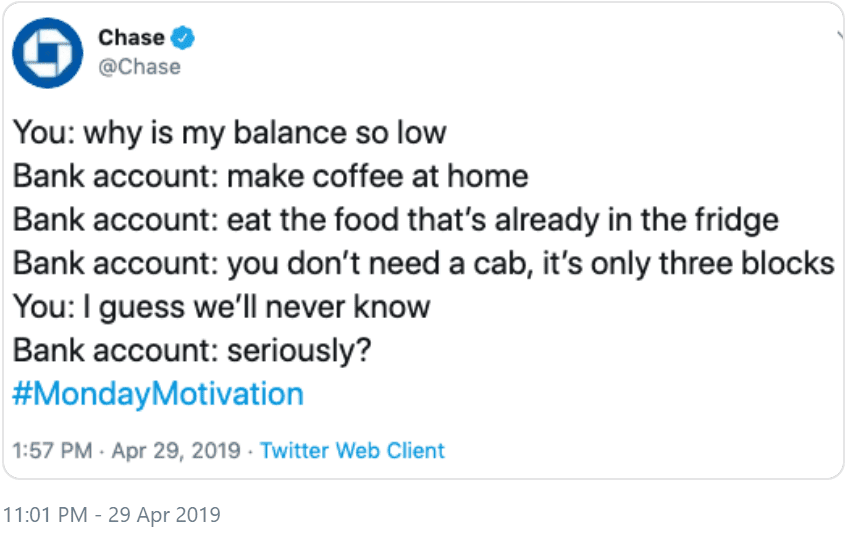I woke up this morning at 3:04am.
Not on purpose.
Once I was up I couldn’t fall back asleep. So I did what any normal person would: Turned on my phone and headed to Twitter. Checked my notifications, DM’s, what’s trending and the latest in my feed.
At 3:24am, I announced an AMA. Some questions from followers began to accumulate and conversations ensued, including one to determine whether Joey Chestnut is the greatest athlete of alltime. (For the record, I’m in the “oh hell no” camp.)
My followers were engaged. Exactly like I knew they would be.
Always Be Testing
Every now and then you’ll see articles telling you the best time to post on Twitter. Like this one. If you know peak times (when the greatest mass of people are using the platform) and that can help engagement, then those hours become your target hours.
Are they wrong? No. They have millions of data points to analyze. But here’s what they don’t have: YOUR data points!
I get asked this question all the time by clients: When’s the best time to post on Twitter so we can maximize engagement and conversations? My answer: Let’s test and find out!
What’s right for one organization may not be right for another one.
This may sound like it’s unhelpful advice but: The more time and the longer you’re on Twitter, the more accustomed you’ll become to when to post, when followers are online and when you can put your tweeting thumbs away.

Photo by Morning Brew on Unsplash
Think of all the factors:
- Where your followers are located: East coast? West coast? Australia? Europe? Plenty of range there in time zones. So posting in the middle of the night where your followers are located probably won’t be very useful.
- How many other accounts people are following: What are the odds they’re going to see your tweet?
- If they do see your tweet, is it content they wish to engage with?
This means posting at different times of day, tweeting a variety of content and then looking at the data to see which tweets people engage with.
Some of this is common sense: If you’re a local organization, then odds are your followers are located within your time zone. That already tells you when to post.
Do posts with images and video receive more engagement than posts without pictures? Easy to test that and see what works best.
The Best Time
People dip in and out. Maybe they check Twitter first thing in the morning when they wake up or just before they start work, then during a lunch break, again in the afternoon when they wanna get away from work for a few minutes and then again during the commute home. (I mean, assuming there ever is again a commute home. Friggin coronaworld!)
Some people check once a day, some are on all the time.
Start posting. Post the same content at three different times during the day. Start seeing what people interact with and when. Use Twitter Analytics which provides you with a tweet by tweet breakdown, so you can measure engagement.
As time goes on, you develop a feel for what works and what doesn’t. You’ll know when your audience is online and responding. And best of all, you’ll know WHAT not to post and WHEN not to post.
My AMA
So why was I doing an AMA at 3am?
I’ve been on Twitter for almost a decade. At this point I know when my followers are online. 3am where I live is 8pm on the east coast. People there finished dinner and as they decide what to watch on Netflix before the weekend ends, they’re opening up Twitter.
Did hundreds of followers ask me questions? Nope. But I knew there’d be enough to create a back and forth dialogue and keep my followers entertained. And that’s what Twitter is all about.

Is your nonprofit looking to grow its email list so you can raise more money? Building that list starts with onboarding- encouraging people to sign up for your enewsletter. Download my free ebook and learn best practices about the onboarding process. Start growing your list today!




